Although this my third post of the year, this is the first one where I discuss physics in English for 2018. So, best physics wishes for 2018! For a last time, I will write about black holes.
How to better start the year than continuing on the last topic of the previous year? Today, I will focus on the different observational proofs that black holes exist.
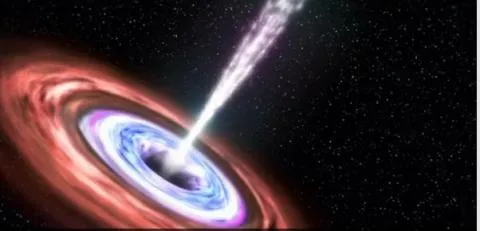
[image credits: NASA]
First, in short and to spoil the post: black holes exist.
But before starting, I must again thanks @suesa for motivating me writing about BH. Yeah yeah I know, only German people may get the joke here.
@mobbs, do you think I am German? :D
I must also thank @muphy who motivated me (without knowing) for the write-up of this third black-hole post by one of his comment.
To summarize the post with a single sentence, until very recently, black holes were only indirectly observed through the motion of stars in galaxies. This of course changed with the start of the gastrophysics era last year.
DETECTING BLACK HOLES WITH THE MOTION OF STARS
Until very recently, the closest available hints for the existence of black holes were indirect proofs coming from the motion of stars in the galaxies. Taking the example of our galaxy, the Milky Way, this is achieved by investigating the trajectories of the stars lying close to the galactic center.
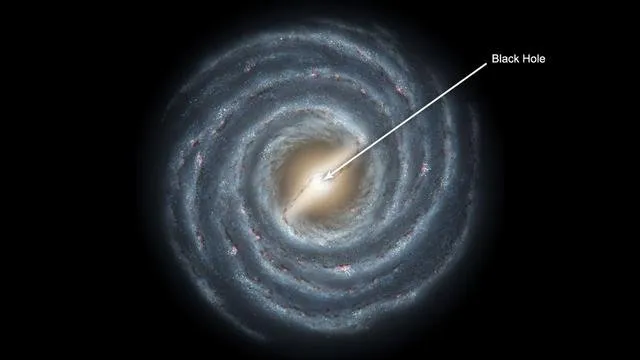
[image credits: NASA]
Those suggest the existence of a very compact and very massive object whose properties do not fit those of any usual astrophysical object.
The only possible explanation consists of a black hole, as it is predicted by general relativity.
By the way, observations of nearby galaxies have shown that black holes in galactic centers are not uncommon.
Fun fact, the idea of a black hole arise in the 18th century by Mitchell who suggested that even light could not escape from a very strong gravitational field. At that time, only Newtonian dynamics was known and we actually needed to wait until Schwarzschild in 1916 to get black holes as solutions of Einstein equations, the master equations of general relativity.
Let us now go deeper into the observational details.
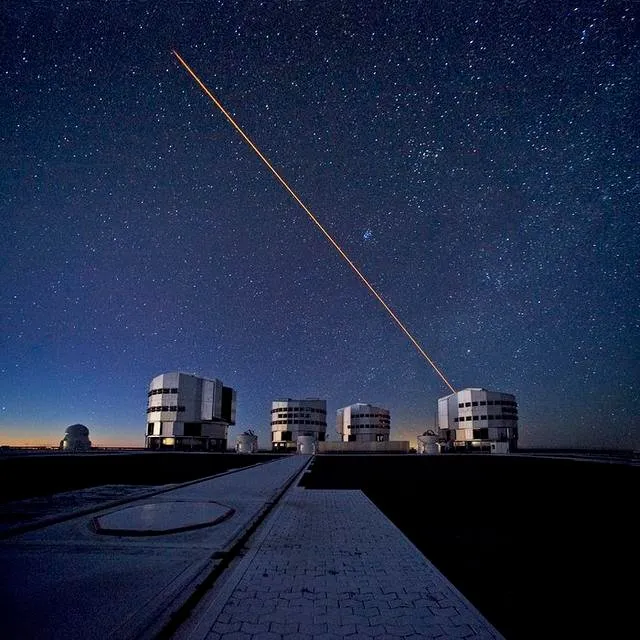
[image credits: ESO]
First, as said above, one needs to monitor fast-moving stars lying close to the galactic center.
There is a bunch of telescopes doing that on Earth, the main ones being located in Hawaii (the Keck telescopes) and in Chile (the VLT telescopes).
Once accurate data is there, Kepler’s laws of planetary motion do the rest and one can derive the mass that must be contained within the area spanned by the orbits of these stars.
The current measurements suggest that there is an object, named Sagittarius A*, that is as heavy as about 4 millions of suns and confined in a region of about 40 millions of kilometers right in the middle of our galaxy.
This object is our black hole. Although it does not looks very compact, imagine putting 4 millions of suns in a circle centered on our sun and of a radius roughly equal to the distance between the Sun and Mercury… Now it looks compact, doesn’t it?
One important point to keep in mind is that we needed more than 20 years of observation to get super precise measurements of those fast-moving stars, and thus accurate derivations of what was going on in the galactic center. The knowledge of today has indeed not been derived in one day!
THE GRAVITATIONAL WAVE REVOLUTION
Very recently, the LIGO and Virgo collaborations have detected their first signals of gravitational waves. And more will be detected in the future.
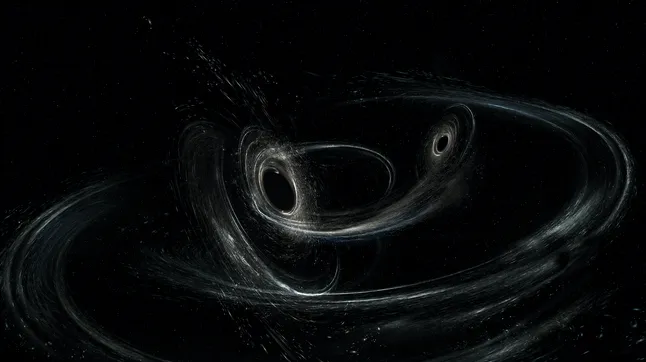
[image credits: LIGO]
The detected signal more precisely consists of the gravitational waves emitted by a catastrophic event, the merging of two massive black holes long ago in the universe history
Detectable gravitational waves indeed require some cosmic events involving super massive and compact objects. Otherwise, the waves are there, but too small to be visible on Earth.
In order to detect the waves, we have used very large interferometers long of several kilometers. Only such a device can help to detect the tiny variations that would be induced by the gravitational waves.
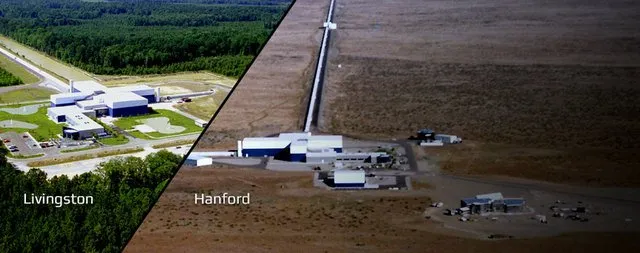
[image credits: LIGO]
To make a long story short, a laser beam is circulating into two very long arms of several kilometers.
In principle, the beam should take the same time to handle a back-and-forth trip in both arms.
However, in the case where a gravitational wave would pass through Earth, tiny variations of about 10-19m occur. Thanks to interferometry, this can recorded by super-precise detectors.
Trying to match data to predictions, it turned out that the only known phenomenon that could explain what had been observed was the merging of two black holes and that data was perfectly matching theory (i.e. general relativity).
The observations thus consisted of the first direct observation of black holes. The door for a new era of black hole studies has thus started (as more data will come), where physicists will be able to investigate black hole dynamics very precisely.
It is nevertheless good to keep in mind that alternative theories of gravity cannot be falsified yet. For this, we need to wait a little bit and have more data.
SUMMARY
In this post, I wanted to finalize my series of posts on black holes. I decided to focus a little bit more on their detection, and on the two ways which we have at the moment to observe and study them.
I discussed first the astrophysical observations of fast-moving stars around a black hole, and then focused on gravitational waves. While the first series of measurements consists of indirect evidence of black holes, the second one consists of their direct observation.
For more information, I recommend the reading of this article and the references therein.
SteemSTEM
SteemSTEM is a community-driven project that now runs on Steemit for more than a year. We seek to build a community of science lovers on Steemit and to promote well written/informative Science Technology Engineering and Mathematics (STEM) postings in order to make Steemit a place for fascinating STEM content.
More information can be found on the @steemstem blog and on the Steemit chat.